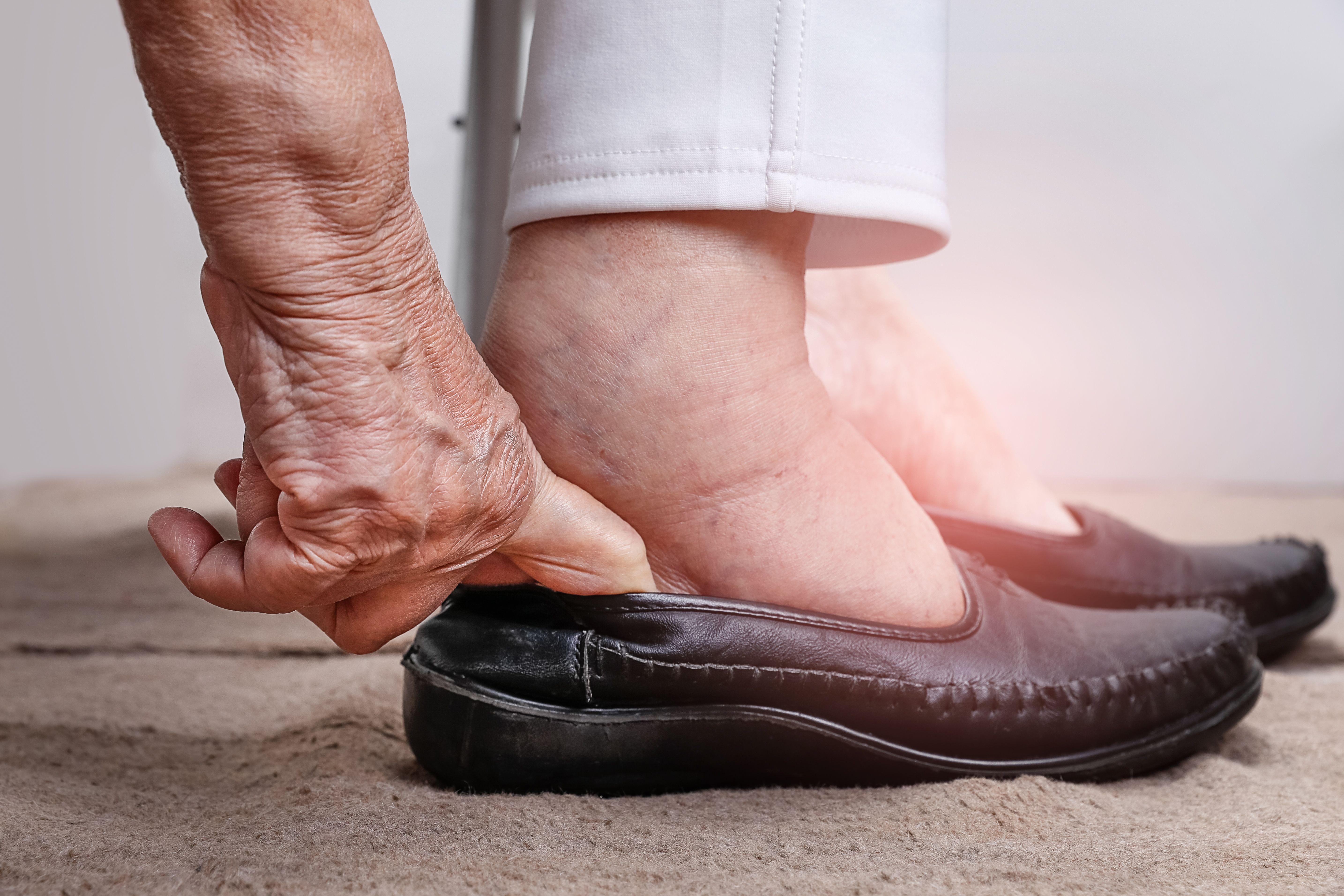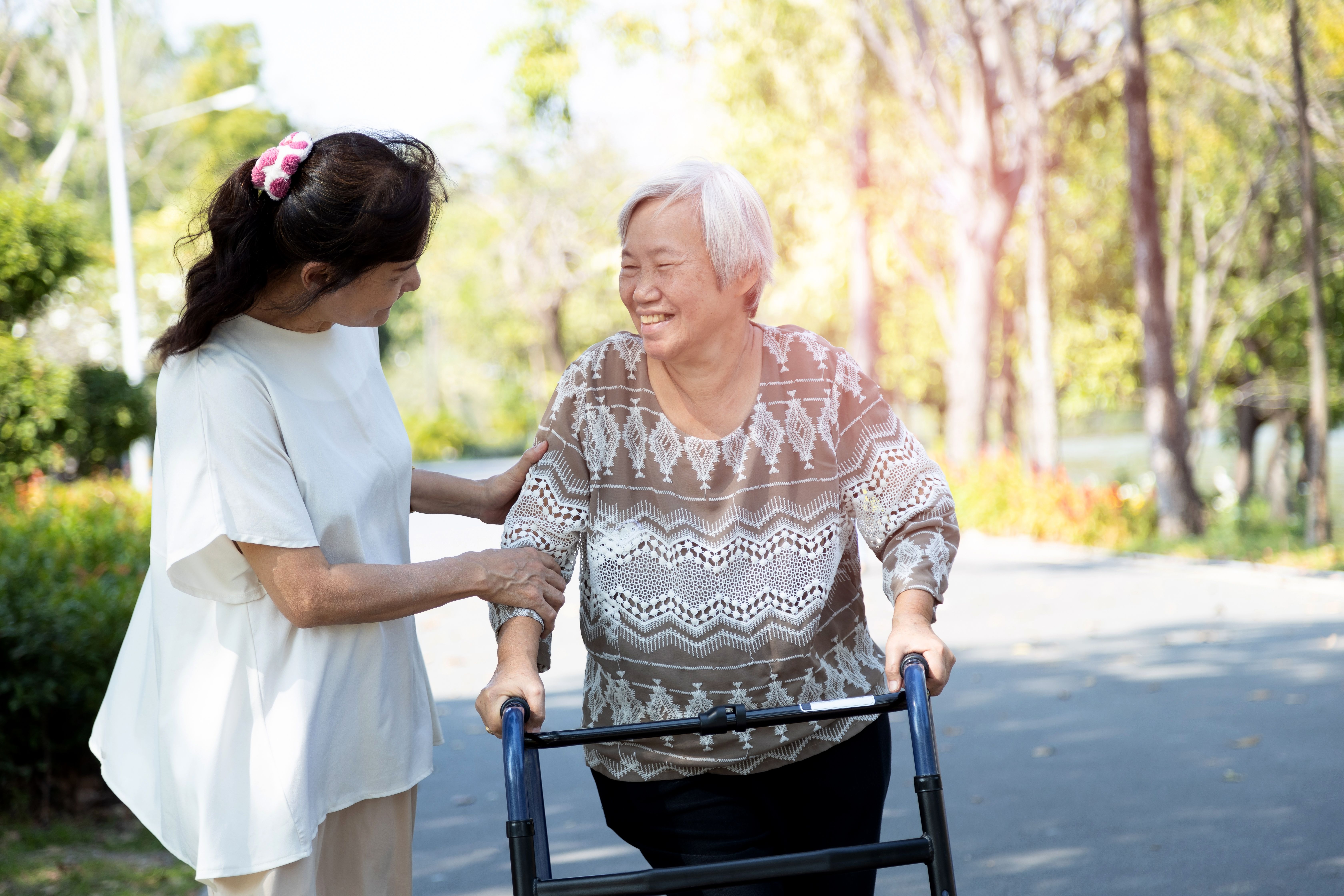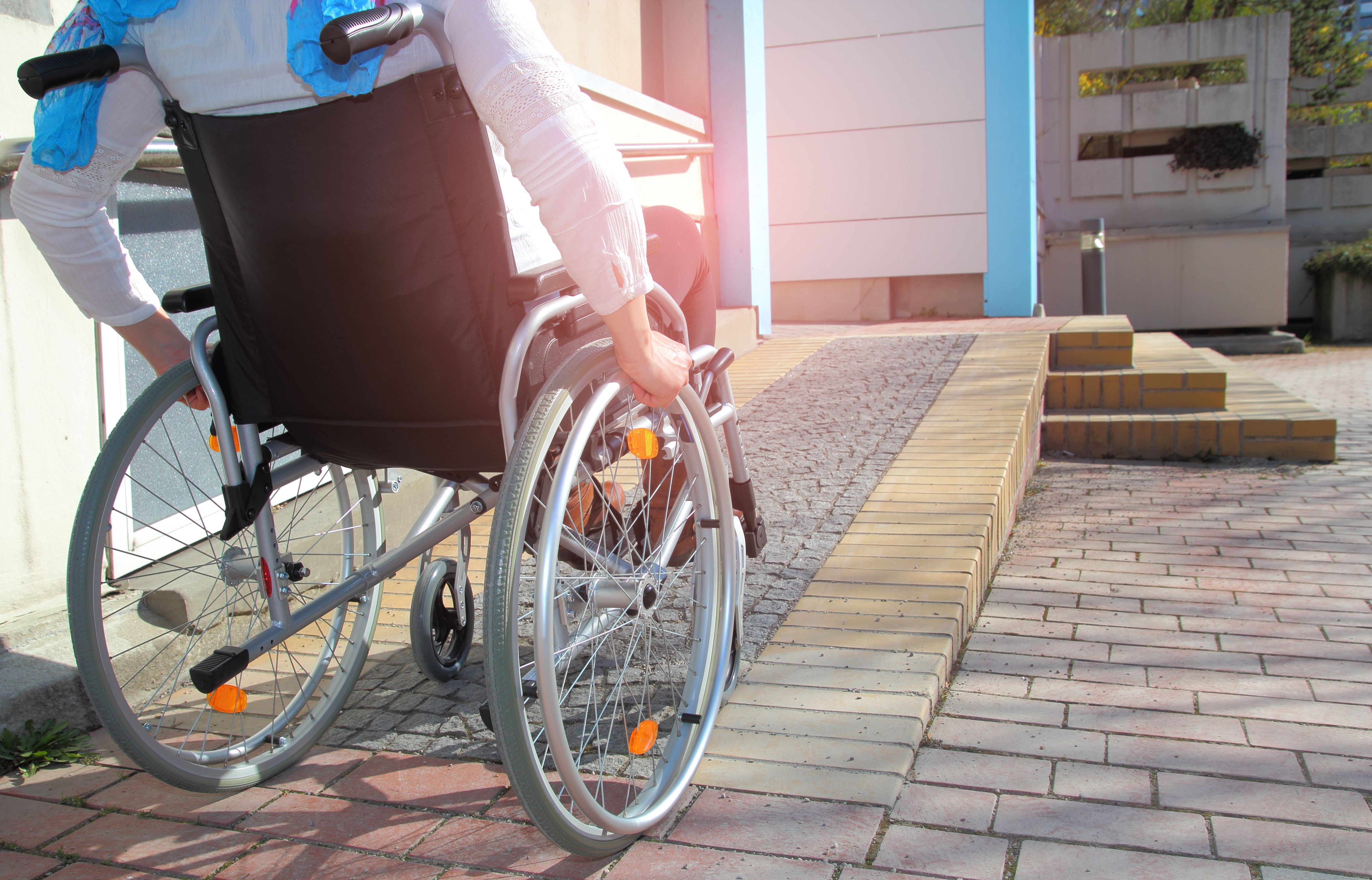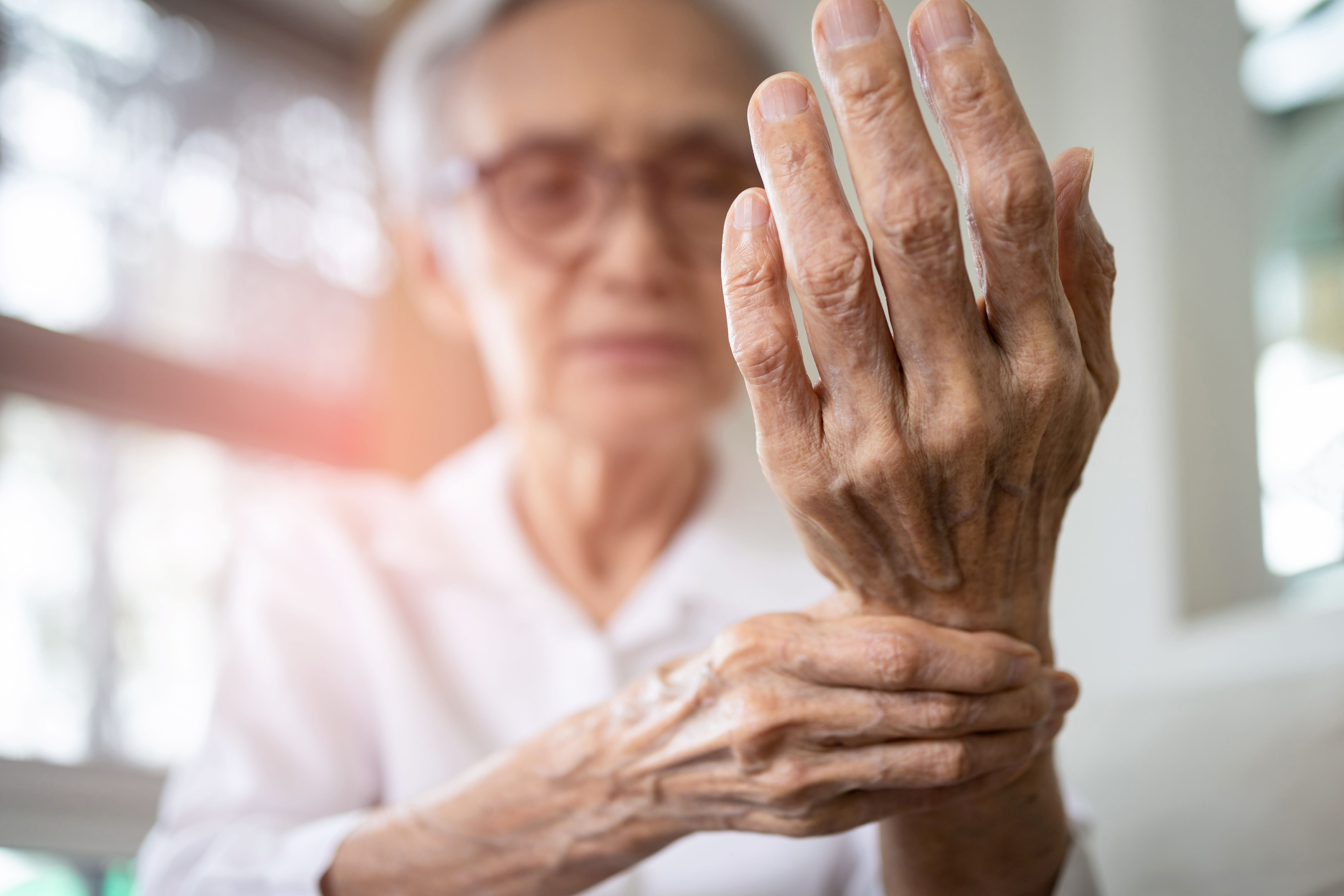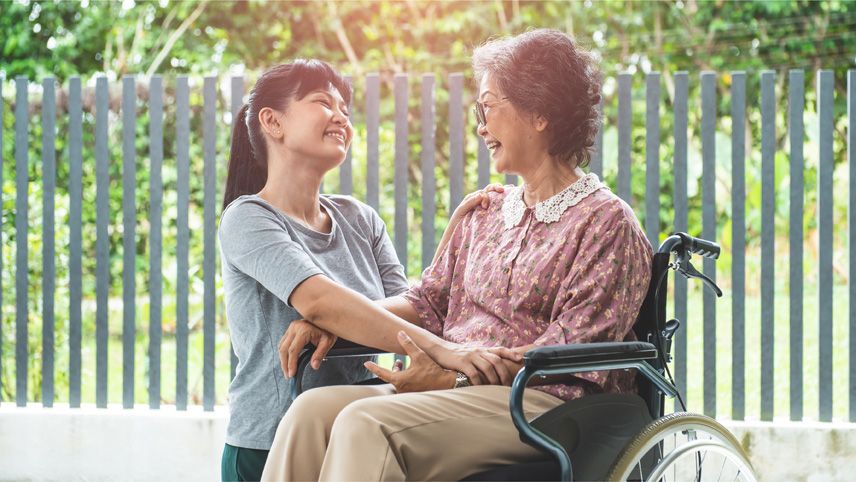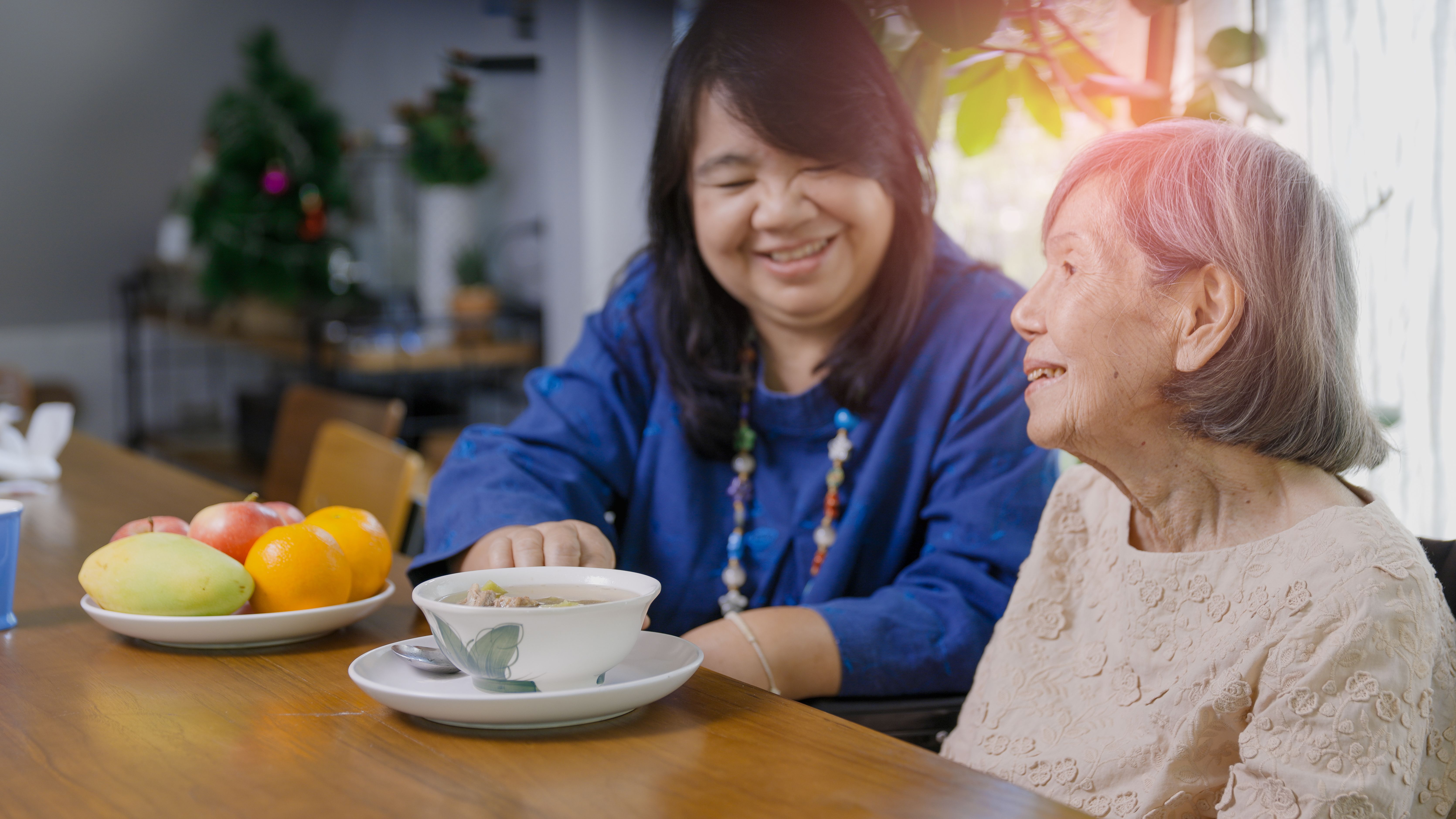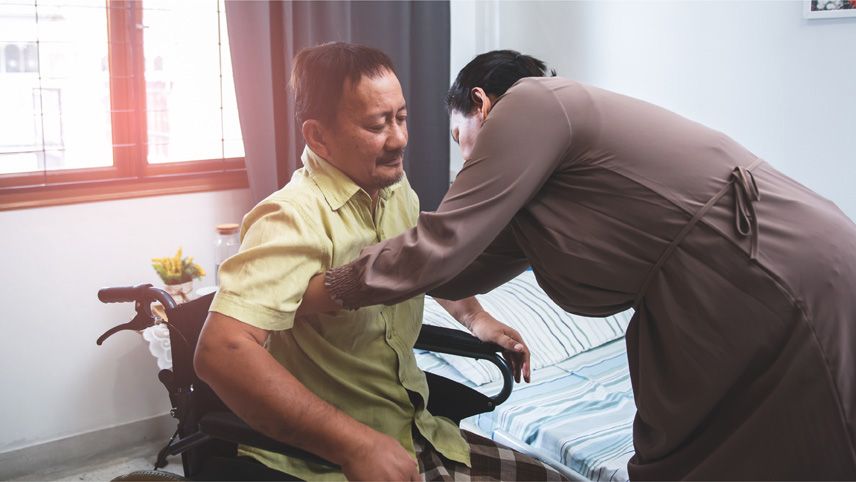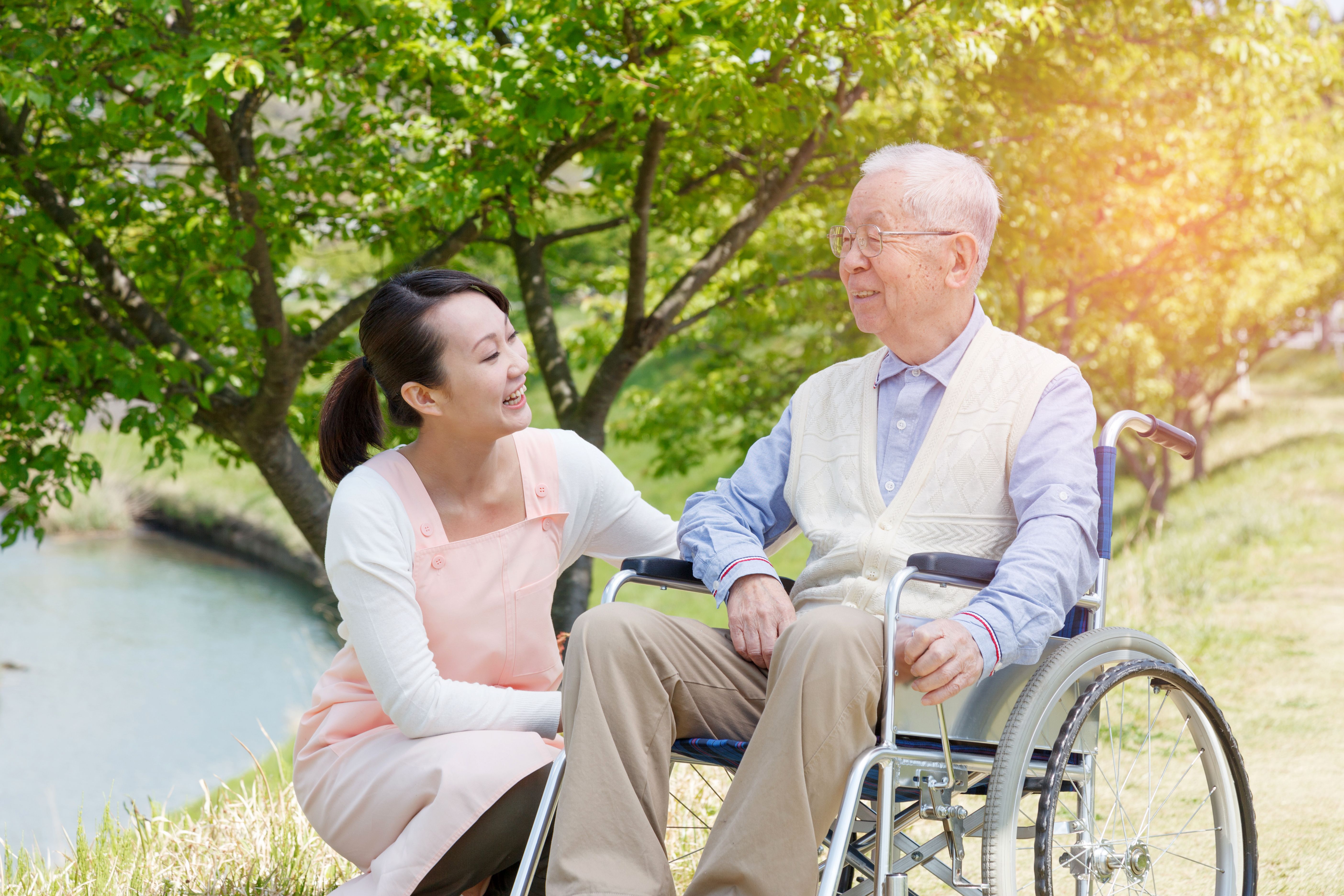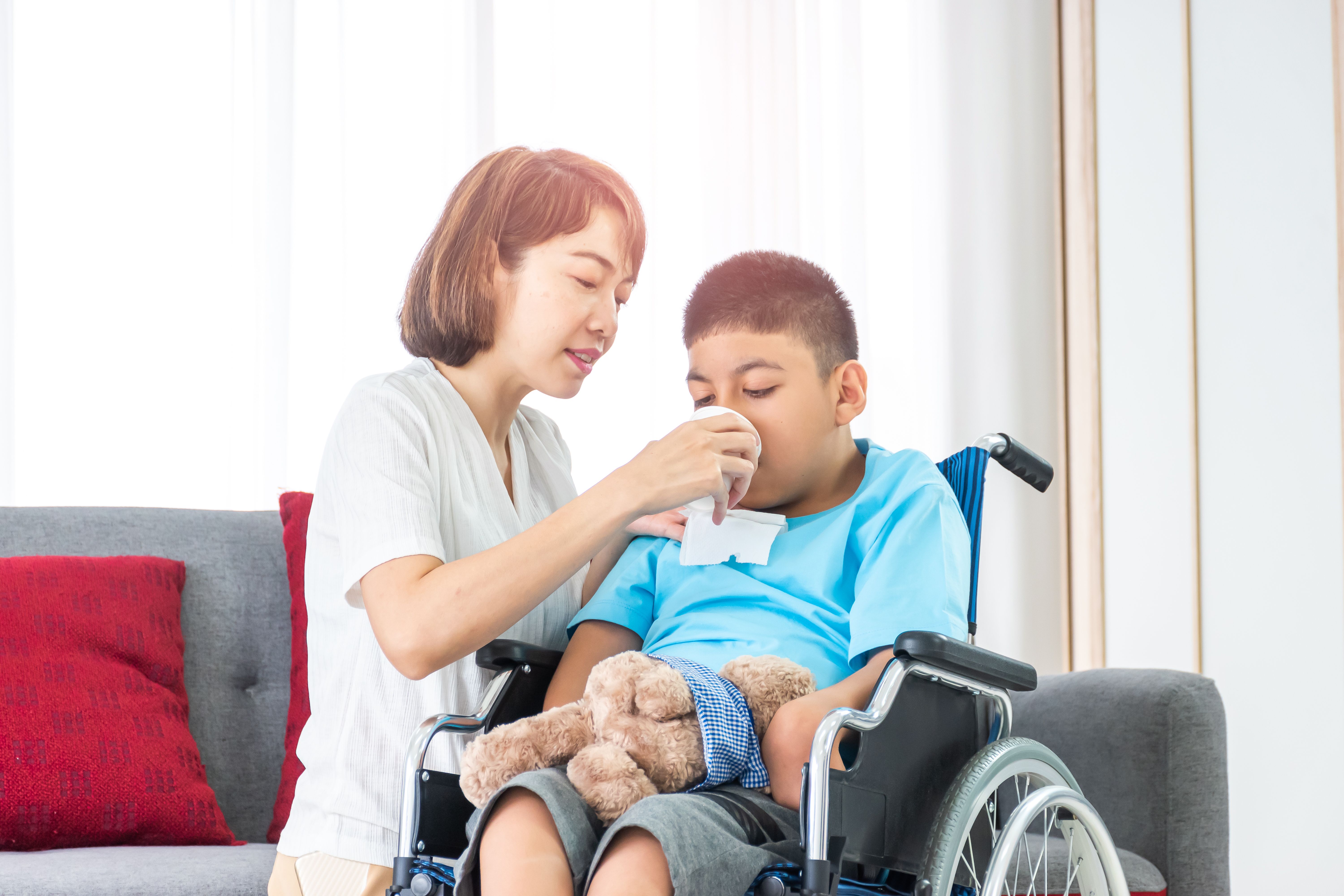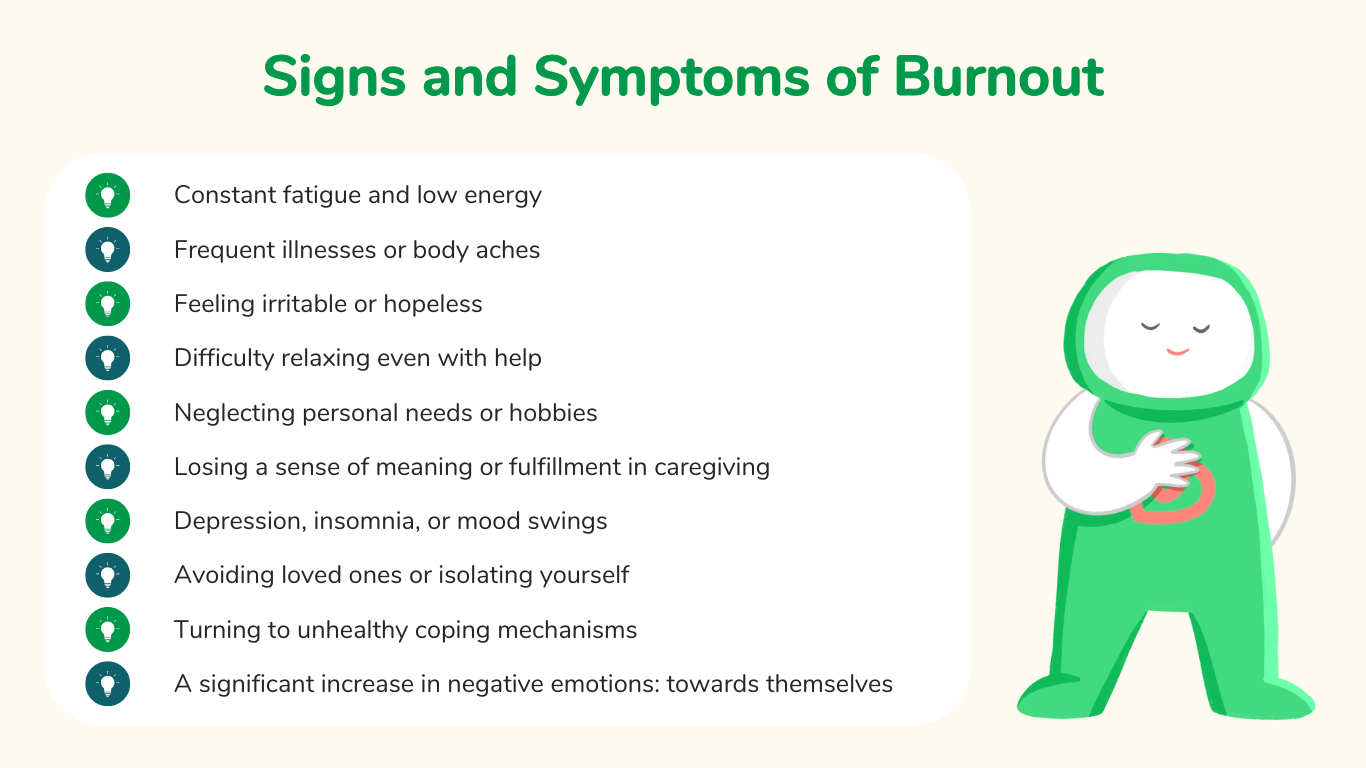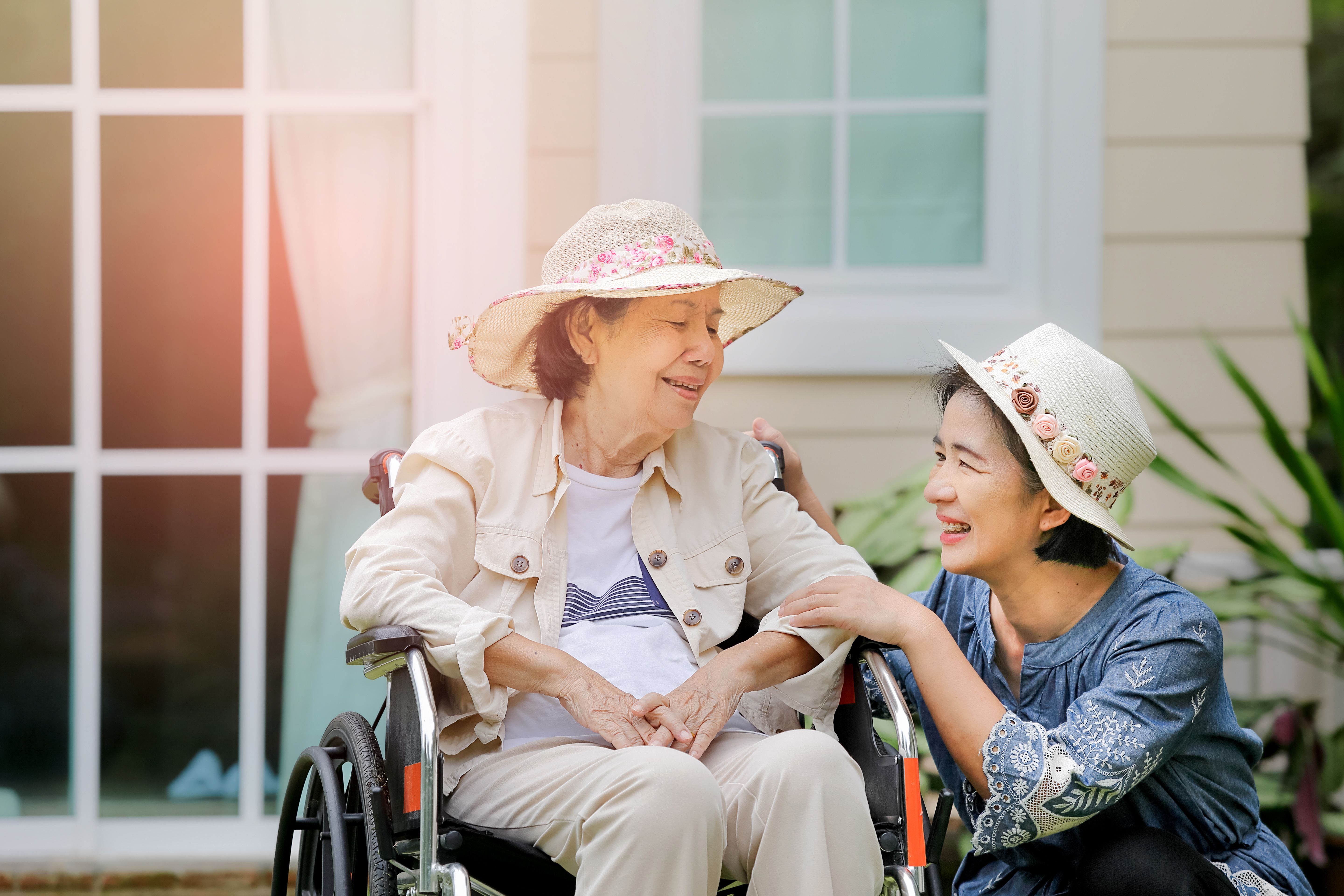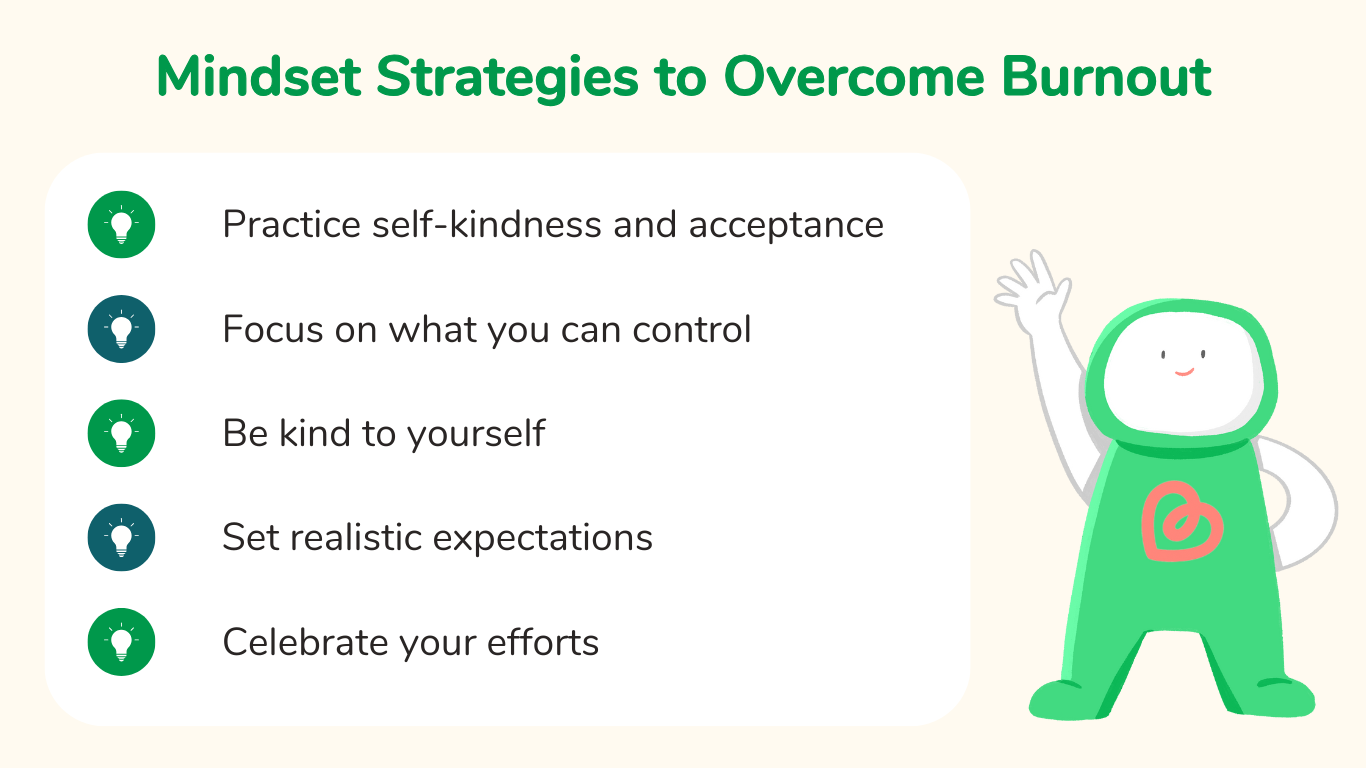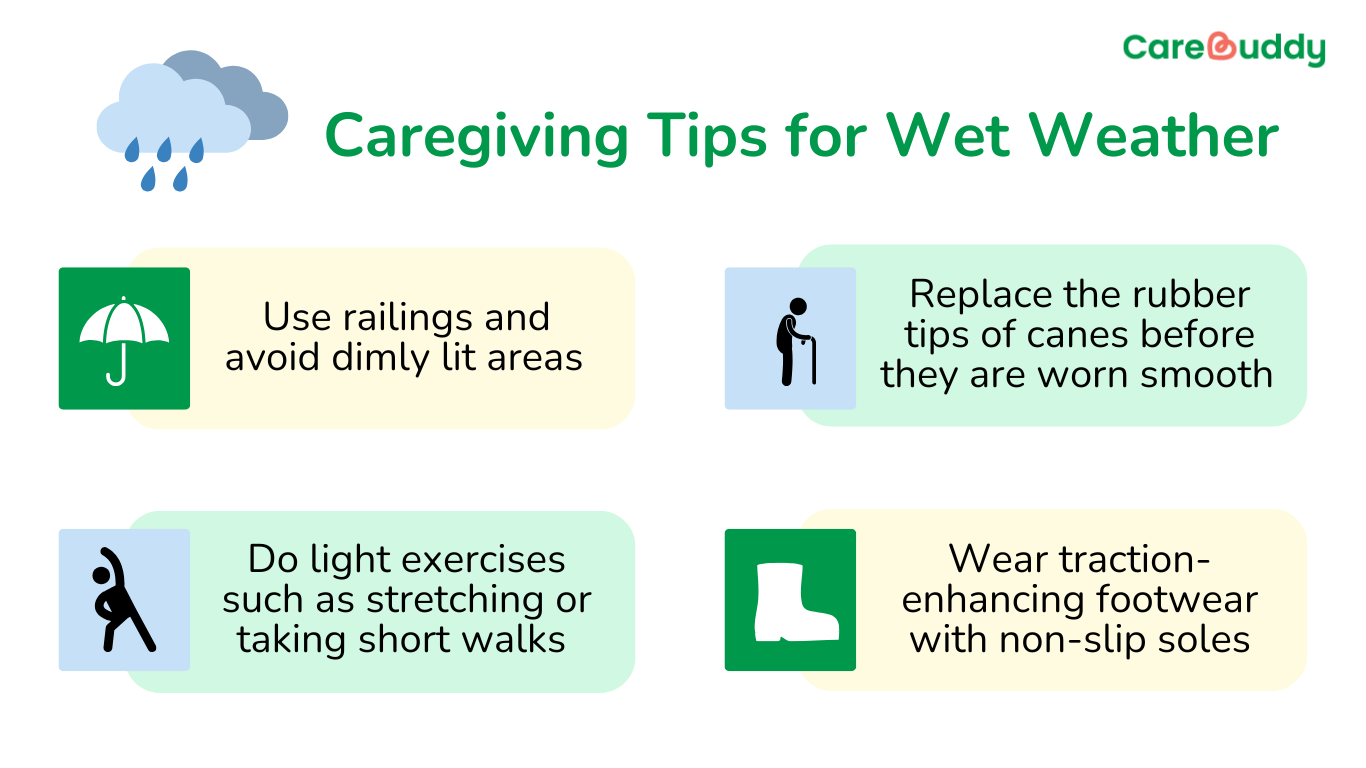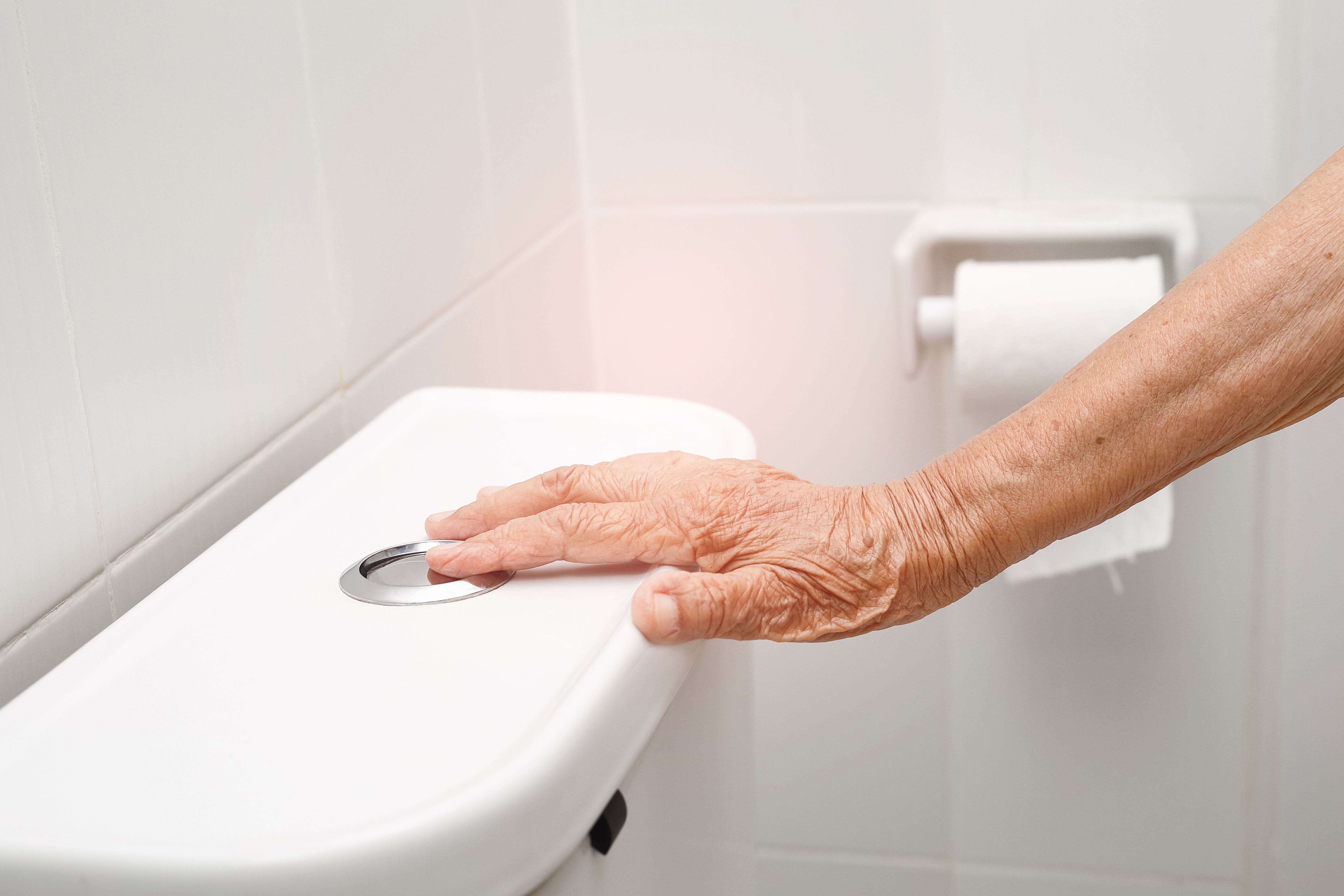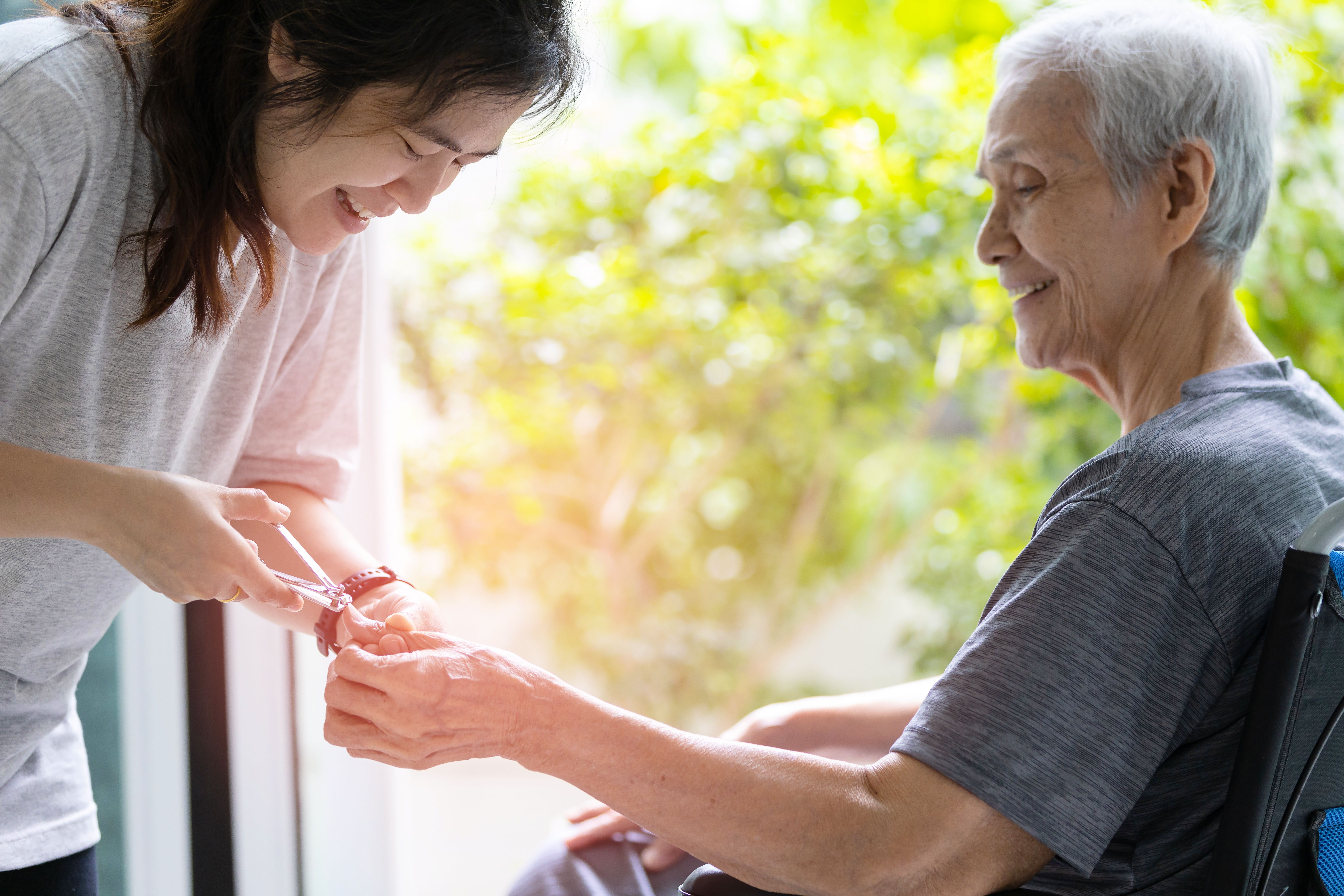Communication skills in a caregiver
- CareBuddy
- 4 Mins Read
- 21 Sep 2022
- Caregiving

Talk it out: Communication skills in a caregiver. Communication skills in a caregiver are important to build a trusting relationship between caregiver and care receiver. They also play a big part in supporting the emotional wellbeing of the care receiver by staying present to their feelings, alleviating their anxiety, giving them confidence and letting them know that there’s a hopeful future ahead.
Verbal communication
- Face the care receiver and make eye contact while speaking.
- Position yourself at their eye level if they are sitting or lying down. Sit or squat by their side if necessary.
- Speak clearly, slowly and distinctly.
- Speak in an audible volume. Don’t shout, mumble or whisper.
- Control the tone of your voice so that it doesn’t come across as rude.
- Greet the care receiver at the start of every session with them.
- Address the care receiver by name to build trust and comfort level.
- Make small talk (e.g. weather) so that not every discussion is about medical or wellness issues. Also talk a bit about yourself at times, and find opportunities to compliment them.
- Ask them if they feel hot, cold, sleepy or uncomfortable.
- Ask one question at a time and wait for an answer.
- Don’t use slang or vulgar words.
- Repeat information as needed.
- Use the written word if the care receiver cannot speak or hear but can read.
Non-verbal communication
- Don’t cross your arms or legs.
- Maintain eye contact but don’t stare.
- Relax your shoulders.
- Nod when the care receiver is speaking.
- Sit up straight. Don’t slouch.
- Keep your head up.
- Slow down a bit while talking and walking.
- Don’t stand too close. Maintain an appropriate distance.
- Smile and laugh appropriately.
- Don’t touch your face while talking.
- Control your body language as needed, such as reactions to odours from body fluids and secretions.
- Always maintain your clean and tidy appearance so as to inspire trust in the care receiver.
Empathetic understanding and response
Sympathy is understanding the other person based on your experience and values. Empathy is understanding the other person from their viewpoint. A caregiver needs to show empathy, not sympathy, to try to understand how the care receiver is actually feeling.
- Don’t just tell the care receiver, “I understand your feelings”. Share with them your understanding of their feelings and ask them if your understanding is accurate. E.g. “I sensed that you felt such-and-such. Is that correct?”
- Accept their feelings instead of denying or criticising them.
- Speak mildly and don’t accent the start or end of a word.
- Adopt facial expressions and body language corresponding with the emotion of the care receiver.
Communication for supporting independence
As far as possible, a caregiver needs to empower the care receiver to be independent. This can be achieved through direct guidance or side-by-side assistance.
Direct guidance: When you tell them to do something. E.g. “You should (do something)” or “Please (do something)”.
Side-by-side assistance: Engage them in a conversation about what they should do. E.g. “What do you think you should do?” or “What would you like to do?”.
Article reviewed by David Tay, Senior Principal Educator (Nursing and Prehospital Care), HMI Institute.




